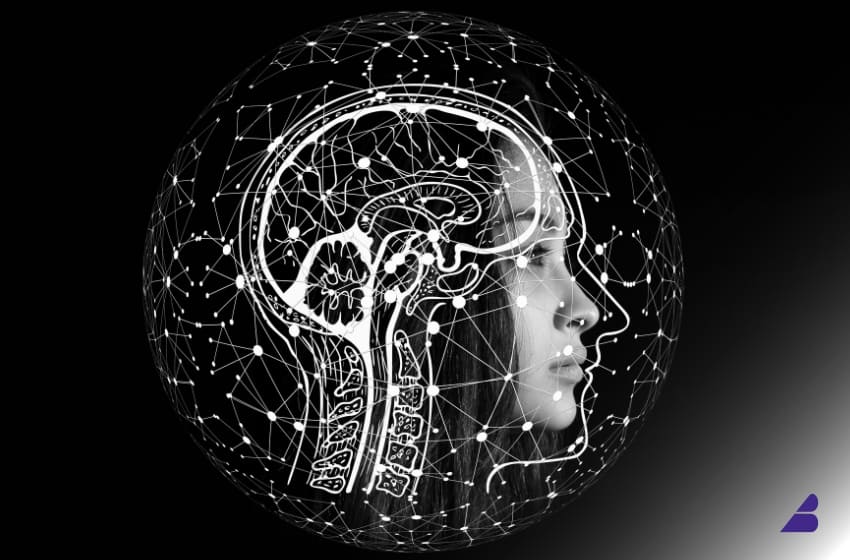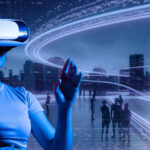
In a world overflowing with advertisements, brands are constantly competing for consumer attention. But what if marketing wasn’t just about creativity—but about understanding how the brain responds to branding?
This is where Neuro-Branding comes in. By applying neuroscience, psychology, and behavioral science, brands can craft marketing strategies that are scientifically designed to engage, persuade, and convert.
Let’s dive into how Neuro-Branding is reshaping marketing in 2025 and beyond.
🧠 What is Neuro-Branding?
Neuro-Branding is the application of neuroscience to branding and marketing. It involves studying how people’s brains react to logos, colors, messaging, sounds, and even packaging to create more effective brand experiences.
It’s about understanding what triggers emotions and decisions—because at the end of the day, buying is an emotional act first, and a logical one second.
Key Areas of Neuro-Branding:
✅ Neuromarketing Research – Using fMRI (functional MRI) & EEG (electroencephalography) to track brain responses to marketing stimuli.
✅ Behavioral Psychology – Studying how subconscious triggers influence buying behavior.
✅ Cognitive Biases – Leveraging psychological tendencies (like FOMO or social proof) to shape marketing messages.
🎯 How Science is Shaping Future Branding Strategies
1️⃣ The Power of Emotional Branding
Studies show that people buy based on emotions and justify their decisions with logic.
🚀 Example: Coca-Cola’s “Open Happiness” campaign isn’t about soda—it’s about selling an emotion (joy, nostalgia, togetherness).
🔹 What Science Says:
- MRI scans show that emotional ads activate the brain’s limbic system, leading to stronger memory retention and brand loyalty.
- People are 22X more likely to remember a brand when it’s tied to emotion rather than facts alone.
📌 Brand Tip: Focus on storytelling & emotions instead of just product features.
2️⃣ The Psychology of Colors & Fonts
Every color and font triggers specific emotions in the brain.
🚀 Example:
- Red (Coca-Cola, Netflix) – Excitement, passion, urgency.
- Blue (Facebook, PayPal, IBM) – Trust, stability, professionalism.
- Yellow (McDonald’s, Snapchat) – Optimism, youth, energy.
🔹 What Science Says:
- 85% of consumers say color influences their buying decisions.
- Fonts also affect perception—serif fonts feel traditional & trustworthy, while sans-serif fonts feel modern & clean.
📌 Brand Tip: Choose colors & typography that match your brand personality and target audience.
3️⃣ Sound Branding & Sonic Logos
Brands are now using neuroscience-backed audio cues to create instant recognition.
🚀 Example:
- The Netflix ‘Tudum’ sound primes the brain to expect high-quality content.
- The McDonald’s ‘I’m Lovin’ It’ jingle is designed to be instantly memorable.
🔹 What Science Says:
- The brain processes sound faster than visuals, making sonic branding a powerful memory trigger.
- 90% of consumers recognize brands by their sounds alone.
📌 Brand Tip: Use consistent sonic elements (jingles, voice tones, sound effects) across all brand touchpoints.
4️⃣ The Role of Cognitive Biases in Branding
The brain takes mental shortcuts when making decisions. Brands can leverage these biases to influence buying behavior.
🚀 Examples of Cognitive Biases in Marketing:
✅ The Anchoring Effect: People rely on the first piece of information they see.
👉 Brands use high initial prices to make discounts seem more valuable.
✅ The FOMO Effect (Fear of Missing Out):
👉 Brands use “limited-time offers” to create urgency and increase conversions.
✅ The Social Proof Effect:
👉 5-star ratings & influencer endorsements trigger trust and increase sales.
🔹 What Science Says:
- The brain is wired to follow social trends and avoid loss.
- Scarcity & exclusivity drive higher engagement and loyalty.
📌 Brand Tip: Use cognitive biases to guide consumers toward action without overwhelming them.
5️⃣ The Future: AI & Neuro-Branding in 2025
Artificial Intelligence (AI) is now helping brands analyze consumer brain responses in real-time.
🚀 Future Trends in Neuro-Branding:
- AI-driven personalization – Predicting emotions & preferences for hyper-personalized ads.
- VR & AR experiences – Using neuroscience to design immersive brand experiences.
- Brain-Computer Interfaces (BCI) – Allowing direct brand interactions through brain signals (think mind-controlled ads!).
📌 Brand Tip: Invest in AI, VR & AR branding strategies to stay ahead of consumer expectations.
🔮 Final Thoughts: The Science of a Stronger Brand
Neuro-Branding is not a marketing gimmick—it’s the future of branding. Brands that understand the brain will create more engaging, memorable, and persuasive experiences.
✔ Know your audience’s emotional triggers.
✔ Use neuroscience-backed colors, fonts & sounds.
✔ Leverage cognitive biases for smarter marketing.
✔ Stay ahead with AI & immersive brand experiences.
Are you ready to build a scientifically optimized brand? 🚀




